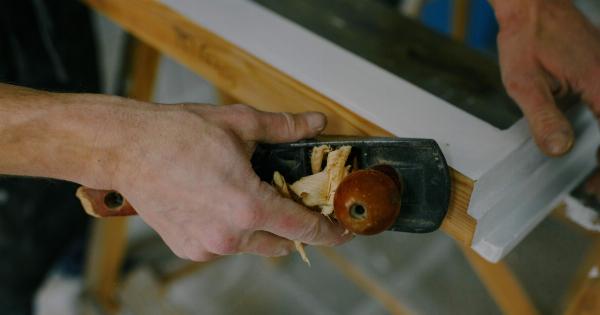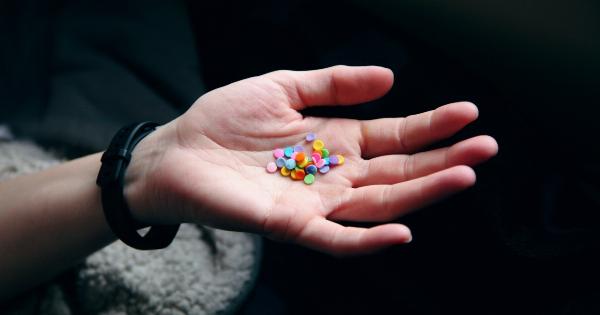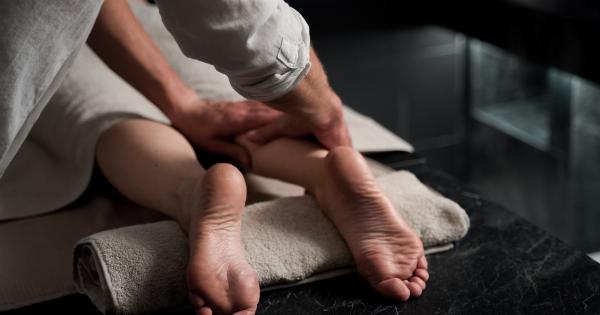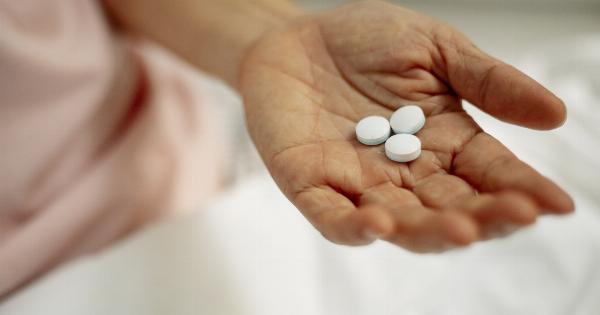Accidents happen, and shaving cuts are one of the common mishaps that can occur during a grooming routine.
While these cuts are usually minor and stop bleeding on their own, there are times when you may need to take immediate action to prevent further bleeding or infection. In this article, we will discuss emergency measures for shaving cuts that can help you stop bleeding and promote quick healing.
1. Apply Pressure
The first and most important step when dealing with a shaving cut is to apply pressure to the wound. Take a clean piece of cloth or tissue and firmly press it against the cut.
Maintain pressure for a few minutes (about 5-10 minutes) until the bleeding subsides. Avoid peeking or removing the cloth too soon, as it may disrupt the clotting process and cause bleeding to resume.
2. Rinse with Cold Water
Once the bleeding has stopped, gently rinse the affected area with cold water. Coldwater can help constrict blood vessels and further reduce bleeding.
Additionally, it can help remove any shaving cream or residue that may be lingering on the wound, reducing the risk of infection.
3. Apply an Antiseptic
To prevent infections, it is essential to apply an antiseptic solution or cream to the shaving cut. Antiseptics like hydrogen peroxide or alcohol can help eliminate bacteria and keep the wound clean.
Remember to use antiseptics sparingly and avoid excessive application, as it may delay the healing process.
4. Use a Styptic Pencil
A styptic pencil is a handy tool to have in your grooming kit for addressing shaving cuts. Made of alum, a natural astringent, a styptic pencil helps in contracting blood vessels and reducing bleeding.
Simply wet the tip of the pencil with cold water and gently apply it to the shaving cut until bleeding stops. However, use it with caution, as a styptic pencil can cause a stinging sensation.
5. Apply a Natural Astringent
If you don’t have a styptic pencil, you can try using natural astringents like witch hazel or tea tree oil. These substances have antiseptic properties and can help stop bleeding while aiding in the healing process.
Apply a small amount to a cotton pad and dab it gently on the cut. Avoid excessive use, as it may dry out the skin.
6. Use Honey
Honey is a natural antibacterial agent that can help prevent infection and promote wound healing. Apply a small amount of honey directly to the shaving cut, covering it with a clean bandage or gauze pad.
Honey’s sticky consistency also acts as a protective barrier, preventing dirt or bacteria from entering the wound.
7. Elevate the Affected Area
If the shaving cut is on an extremity, elevate it to reduce blood flow to the area. Elevating the affected area can help minimize bleeding and swelling, promoting faster healing.
Prop up your arm or leg on a pillow or cushion to achieve the desired elevation.
8. Apply a Cold Compress
If the shaving cut continues to bleed or if you experience significant swelling, consider applying a cold compress to the area. Wrap a few ice cubes in a clean cloth and gently press it against the cut.
The cold temperature will help constrict blood vessels, reduce inflammation, and provide temporary pain relief. Remember to limit icing to 10-15 minutes at a time, with breaks in between.
9. Use an Antibiotic Ointment
If the shaving cut appears deep or shows signs of infection, applying an antibiotic ointment can be beneficial. Antibiotic ointments like Neosporin help prevent bacterial growth and protect the wound from further contamination.
Be sure to clean the cut thoroughly before applying the ointment and cover it with a sterile bandage for added protection.
10. Keep the Wound Clean
After the initial treatment, remember to keep the shaving cut clean and dry to promote healing. Avoid submerging the wound in water, especially in pools, hot tubs, or natural bodies of water where bacteria may thrive.
Replace bandages regularly and monitor the cut for any signs of infection, such as increased redness, swelling, or pus.






























